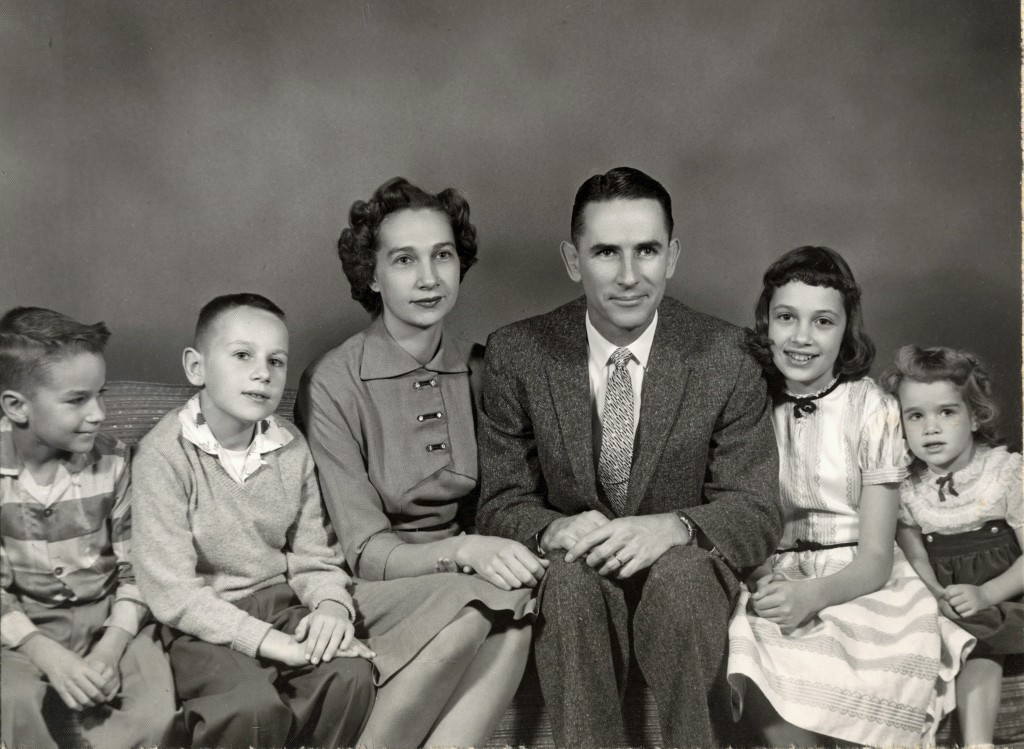I read that it is normal to suffer from a cold virus three or four times every year. Well, it is certainly that time of year where many suffer from this malady. As common as it is there are still mysteries about it in my mind. Why is it severe one time, and mild the next? Why might all family members but one catch it? When are you most contagious, and how long does it take to show symptoms once contracted? Does it do any good to overload on vitamin C or zinc tablets, or take Airborne tablets?
Daniel and Suzanne caught colds two and three weeks ago, so I had been thinking I had dodged this round. For a few days I felt some very minor symptoms and wondered if it would flare up, and it finally did just the other day, with the usual sore throat and mild body aches. I had really hoped since I had such a horrible cold virus in July from our Idaho trip that I might have immunity this time. No such luck. However, I came down with cold symptoms while visiting New York in June, but it subsided after a short day or two.
And that poses another question. Why are we so vulnerable to colds and illness during travel and vacations? I particularly noticed during college that I would often get sick just after finals and during semester breaks. Some suggest these could be due to germs’ prevalence in airplanes, and the stress of finals followed by the body relaxing (and saying it is okay now to get sick).
Anyway, this round is feeling like a more mild case for me (knock on wood), unlike for my son Daniel, who has developed bronchitis and is still suffering three weeks into it.
Here is an amusing clip about the “man cold”:
For what it’s worth, here is some info I pulled off the internet:
Facts about the Common Cold Incubation Period
By Patsy Hamilton
The typical common cold incubation period is from two to five days, but symptoms can appear in as little as ten hours after the virus first enters the nose. The range of the common cold incubation period may be explained by the number of different viruses that can cause common cold symptoms. It is known that some viruses produce symptoms of disease more quickly than others and several hundred different viruses have been associated with the common cold. Another explanation for the wide range in the common cold incubation period is that some people never develop symptoms, even though an infection is present. This makes it hard for scientists to determine an exact common cold incubation period, but in most diseases, there is only a range, not an exact figure.
In clinical trials rhinoviruses were introduced directly into the nasal passages of volunteers and 95% of them became infected. But, only 75% of those who become infected developed any common cold symptoms. The scientific community cannot explain this mystery, at this time. Some believe that those people with a well functioning immune system do not develop symptoms. While others point out that common cold symptoms are brought on by immune system functions. Sneezing and coughing are the body’s natural efforts to eject the viruses. Fever reduces the virus’ ability to reproduce inside the nose. It does seem to be likely that in those people who only experience symptoms for a few days, the immune system is functioning well.
Influenza type A & B viruses cause common cold symptoms in some people, while others develop more serious infections from these viruses. While common cold symptoms are typically confined to the nose and throat, the lungs, stomach and intestines may be affected by influenza viruses. Fever is typically higher and comes on more quickly in flu infections than in common cold infections, but again this varies. The very young and the elderly often have more severe flu symptoms than those who are in good health and between the ages of 4 and 64.
Corona viruses are believed to cause a substantial number of common cold cases. Three or four different types of corona viruses infect humans, but they are difficult to grow in a laboratory setting and therefore difficult to study. Estimates vary on the number of colds that are caused by rhinoviruses and corona viruses from 30-50 percent of all adult colds. Testing for different viruses is difficult and usually considered unnecessary, when it is known that the symptoms are caused by a virus and that treating symptoms is all that is possible. Unless the cold is accompanied by a bacterial infection of the sinuses, ears or throat, antibiotics are ineffective.
Other viruses that can cause common cold symptoms in adults are adenoviruses, coxsackieviruses, echoviruses, paramyxoviruses, respiratory syncytial virus and enteroviruses. Any of these viruses can cause more serious illness in children and others. And, then there are a number of viruses that have remained unidentified.
Experts do not believe that getting chilled or overheated can shorten the common cold incubation period, worsen symptoms or increase the likelihood of developing a cold. Opinions about preventing colds by taking vitamin C or zinc supplements vary, but many studies suggest that these and other immune system boosters are worthwhile.



































